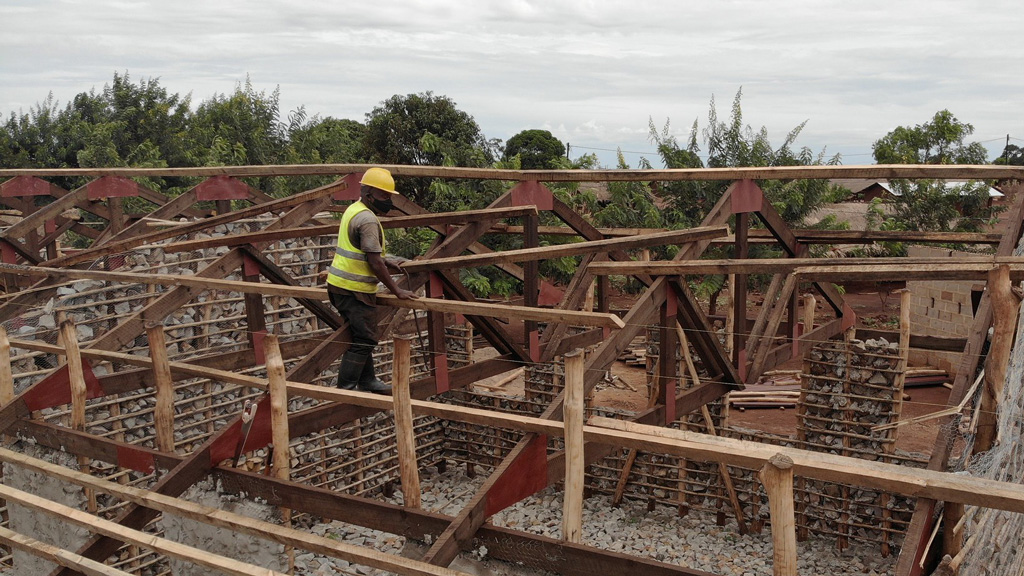How the CI Vehicles Work

How do the CI Vehicles Work?
Whether new to the CIF or having utilized the CI Advisory Platform services, once a project is deemed to have reached the mid-stage of preparation by an interested CI Vehicles partner it becomes eligible for consideration for the remaining preparation activity investment. Relative to the funding/investment needed to get to mid stage, this is typically a much larger amount, often in the range of US$0.5 to 2 million depending on the type and scale of the project. It is the amount needed to secure the key agreements, major studies performed by consultants (e.g., the Environmental and Social Impact Assessment [ESIA]) and the resulting approvals and permits, land and rights-of-way, etc. that are needed for the project to be “shovel ready”, such that it is attractive to construction financing investors.
The definition of mid-stage preparation is not exact,
but generally consists of having started and/or identified the major preparation work items needed prior to attracting construction financing, which are informed through the project’s feasibility study stage. These include:
In addition to the above project preparation assets, as part of the project’s development planning and for assisting with determining how the CI Vehicles can assist, they should be accompanied by:
- A project development plan, consisting of:
- A detailed list of all the project development items that are specific to the project that need to be achieved prior to financial close to attract construction finance investors.
- A project development (and perhaps construction) schedule for all such items.
- A (remaining) project preparation budget for all such items, which generally indicates how much investment is being requested of the CI Vehicles.
- An organizational chart showing the relationship of all entities currently involved/with interest in the project to date (including any third-party advisors, consultants, or investors) as well as the agreements/contracts with those participating entities.

The CI Vehicles will proactively monitor projects as they enter and proceed through the CIF. Once a CI Vehicle determines that a project of interest has reached mid-stage preparation and is satisfied with its due diligence, it will engage with the promoter to determine whether a development financing arrangement is desirable to both parties. Generally, the CI Vehicles look to secure a development fee for their investment to be paid by the contruction/long-term investors and will exit the project at financial close. The CI Vehicles share the risk with the promoter in finding and securing the investors.
